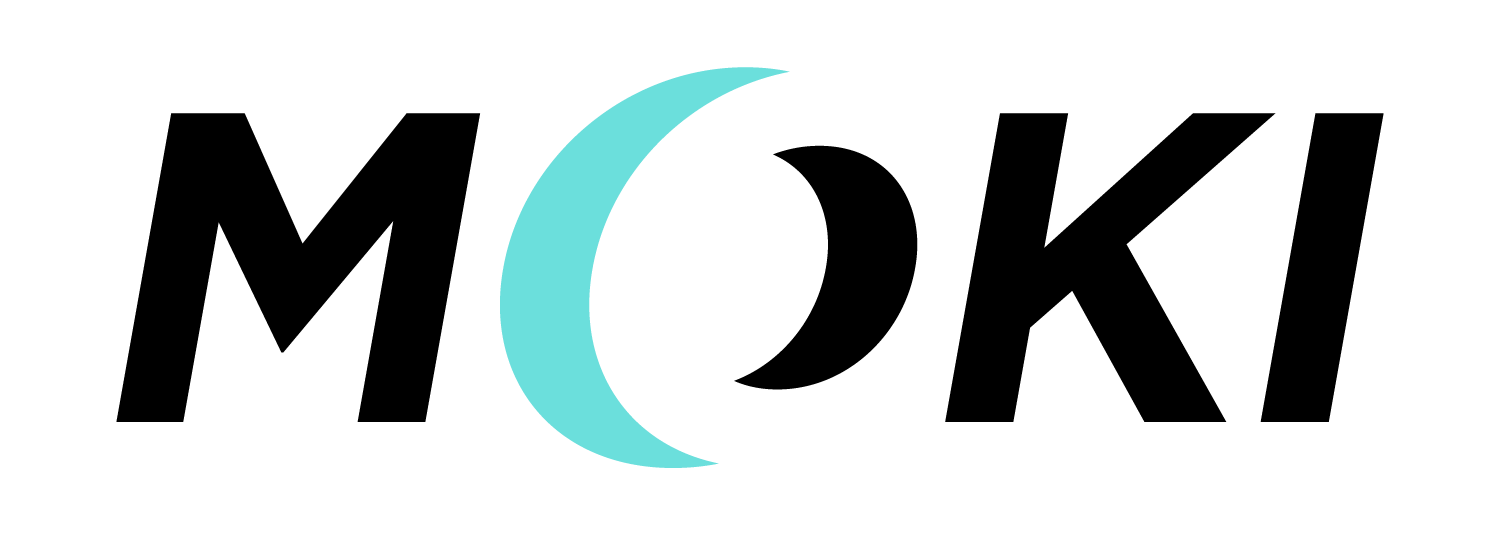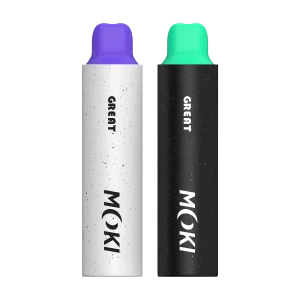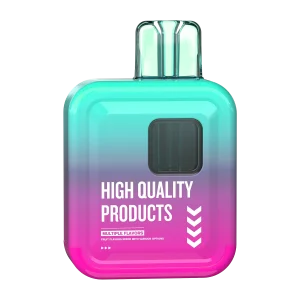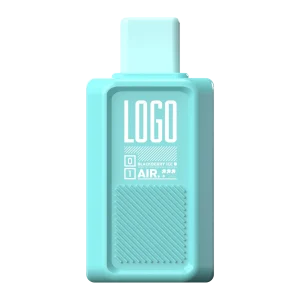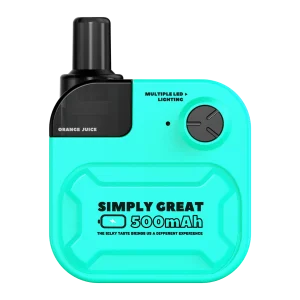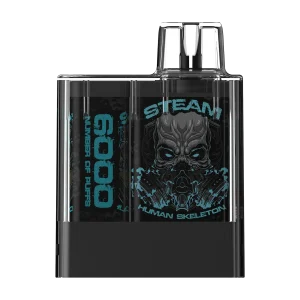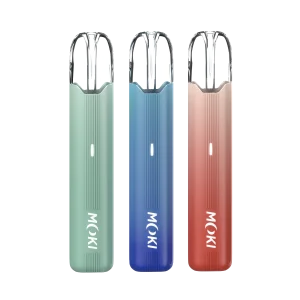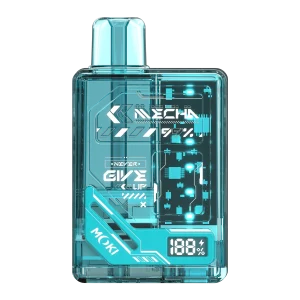The development trend of the vaping industry over the next 30 years: eliminating electronic clutter and returning to the essence of vaping devices.
In recent years, the vaping industry has been abuzz with terms like “black market,” “cutthroat competition,” “feature overload,” “cost-effectiveness,” and “unprofitability.” As you monitor global market dynamics and policies, it’s common to hear about the destruction of illegal products and the seizure of illicit imports on a monthly basis. If you’re a vaping industry professional, you’re likely contemplating the future of this market amidst a sea of compliance and black market news.
Vaping devices have become increasingly complex, with puff counts soaring from the initial 2-3k to tens of thousands (40,000 puffs, voice control, large screens, temperature adjustment, nicotine level customization). It seems the product trend is spiraling out of control, deviating from actual consumer market demands!

Table of Contents
Can you imagine the repurchase rate of 40,000-puff vapes?
How about the old stock piling up in wholesalers’ warehouses, struggling to move?
These ever-emerging features on vaping devices appear to be steering the products further away from user essentials. Just as consumers don’t choose a pack of cigarettes based on fancy features, vapers are more likely to consider their real needs and affordable prices. Vape users need to make rational choices based on these two key factors.
Vaping devices are disposable goods, disposable goods, disposable goods!
The essence of disposable goods is quick consumption and frequent repurchase; much like buying chewing gum, condoms, beverages, or cigarettes, consumers aren’t considering durability but rather the convenience of frequent purchases.
Flipping through the MBA section on marketing, it clearly states that the 4Ps of product, price, place (distribution), and promotion hold core value for the operation of disposable goods. These principles, while traditional, remain fundamentally unchanged in new environments. The “human nature” and “nature of the product” concerning consumption are constants throughout history.
- “We’ve transitioned from a scarcity of goods to an excess of materials; some traditional tactics are indeed getting harder to execute.”
- “Does the market truly need so many brands and vaping clutter?”
- “A brand that offers high-frequency repurchase for wholesalers must be one that ensures continuous profitability and the fastest inventory turnover.”
- “If the market is flooded with excess products, and these are dumped at low prices in other third-party countries, won’t the market price system become even more chaotic?”
- “Where lies the future for new vape brands?” “Which direction should market investments take?”
Why Vape Manufacturers Feel Unappreciated in Vaping Industry
Once upon a time, the market was dominated by vape brands, with wholesalers lacking sufficient pricing power. Brands decided which wholesalers would distribute their products, thus achieving high pricing power and market control. Quality vape wholesalers coexisted with vape brands.
Today’s market, however, has changed its rules. Vape wholesalers can also be brand owners, and channel partners can establish their own vape brands. This is all thanks to the industry’s low barriers to entry, with some wholesalers and channel partners even directly participating in the R&D, production, and sales of vape products, forming a new market force.
This shift and reshaping of market forces are both an inevitable trend in industry development and a direct result of intensified competition in the vaping device market.
As the vaping device market continues to expand and consumer demands diversify, the traditional market structure can no longer meet the development needs of the market.
The boundaries between vape brands, wholesalers, and channel partners are blurring, and their roles and functions are beginning to overlap and integrate. While this change brings more vitality and innovation to the vape market, it also brings more pain, confusion, and embarrassment to industry professionals in role dislocation or transition.
Compliance: The Future of Vaping Industry?
Compliance is undoubtedly the future of the industry, and there’s no doubt that the market will gradually eliminate illegal vape manufacturers and brands on the path to compliance. However, the black market will still exist. The trend towards compliance is unchanging, and only through compliance can the industry have a more sustainable future.
On the path to compliance, the vaping device market will gradually phase out those vape manufacturers and brands that do not follow rules and neglect consumer rights. This process may come with growing pains but will ultimately push the industry towards a healthier and more sustainable direction.
Compliant enterprises will gain market recognition and rewards for their adherence to regulations and responsibility towards consumers, while non-compliant vape businesses will face elimination.
However, we must also clearly recognize that although vape compliance is a trend, the existence of the black and gray markets remains an undeniable reality. The tenacity and concealment of the black market pose challenges to the formal market and threats to the healthy development of the industry.
The process of compliance is not only a requirement for vape enterprises but also a test for the entire vape industry. A more standardized, transparent, and healthy vaping industry market is determined by the professional ethics and vision of every industry practitioner. Such a market can not only provide consumers with safe and reliable products but also provide a solid foundation for the long-term development of the industry.
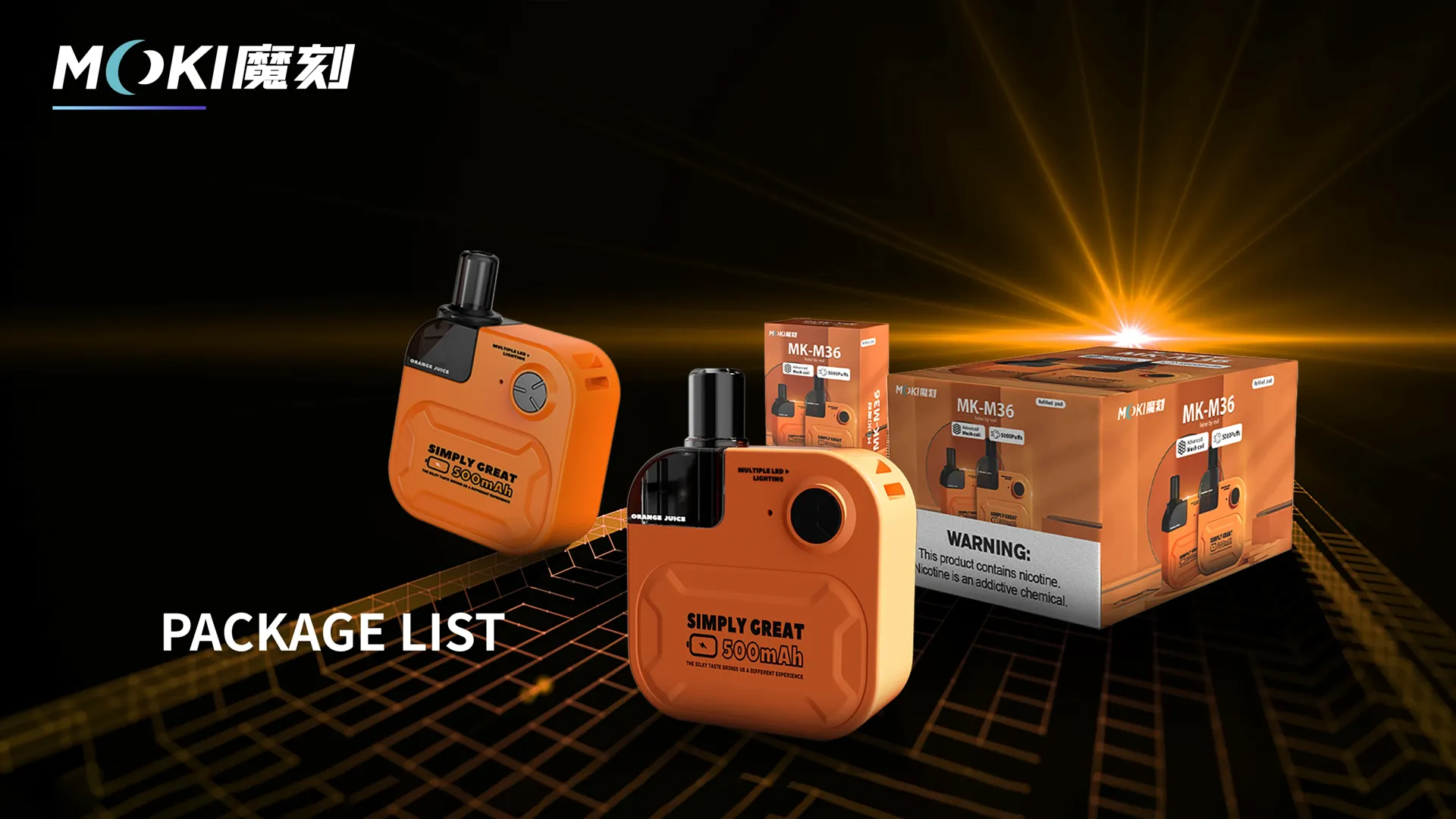
Where Lies the Future of the Vape Industry?
The future of the industry lies in how to enhance its own strength (product power, channel control capabilities) and cultivate internal skills. Vape companies like MOKI Tech need to conduct in-depth market research, accurately define product features, continuously innovate and optimize vape products to ensure they meet or exceed consumer expectations in terms of functionality, design, and user experience.
It is also crucial to build an efficient and flexible vape sales channel network, achieving effective product distribution and widespread brand exposure through precise market positioning and channel strategies.
At the same time, the industry must truly sift through the sand to form its own moat (competitive advantages and industry barriers). This includes not only soft power such as vaporization technology innovation, vape brand building, and market insight but also hard power such as supply chain management, cost control, and customer service.
With these comprehensive advantages, vape companies can establish competition barriers in the market that are difficult to replicate and imitate, thus gaining an advantageous position in the competition.
MOKI Tech is precisely transforming and innovating from within, from R&D (vape product definition, development, market trend judgment), production (supply chain integration), to sales chain (channel control and brand exposure), achieving true strength and continuous strength.
Is the Vape Industry Facing a Major Overhaul or a Dead End?
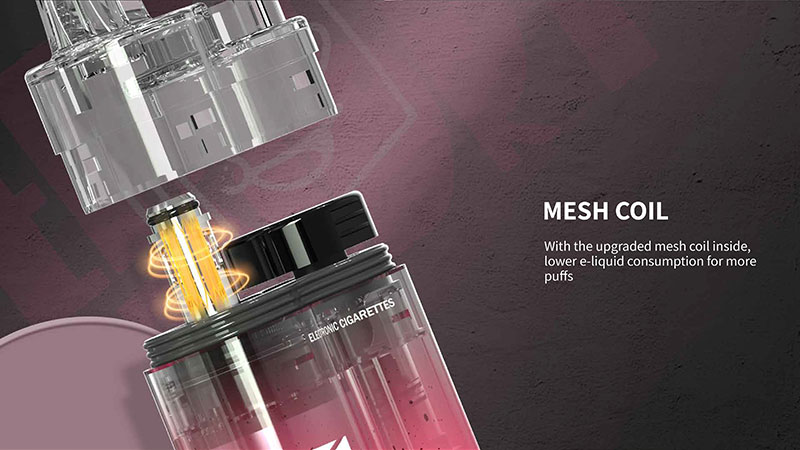
When the industry undergoes significant turmoil, there will always be two voices: one that belittles the future of the industry, thinking it’s at a dead end, and the other that hyping up false prosperity. Such individuals may have their own agendas, constantly shaking the confidence of the undecided and causing panic among those who haven’t made money in the industry!
However, MOKI Tech recognizes that every upheaval in the vape industry is a process of reshuffling the deck. It brings challenges but also new opportunities. For companies and individuals with forward-thinking and innovative capabilities like MOKI Tech, periods of turmoil are the best times to demonstrate strength and achieve breakthroughs. During such times, the uncertainty in the vape market provides an opportunity for companies that can quickly adapt to changes and grasp market trends to stand out.
Pessimists are always right, but optimists are the ones who keep moving forward!
Will the Vape Industry Still Exist in 30 Years?
The vape industry changes rapidly. In just ten years, the e-cigarette industry has been like a wild west expansion, making many vape practitioners rich overnight and achieving wealth accumulation and social mobility. It has also led to many reckless and disrespectful adventurers losing everything, even though they still persist in deepening their involvement, hoping to get a share of the profits.
A thirty-year time span is both a long test and an opportunity for transformation for an industry.
Thirty years later, e-cigarettes will inevitably still exist. Why not boldly imagine that by then, the industry will have become legal and compliant, with only a few brands remaining. Comparing with the current state of other fast-moving consumer goods industries, perhaps there will not be many vape brands in the market, but those that remain will be the ones that have truly withstood the test and possess core competitiveness.
Time is the judge of all things; it reveals the truth and exposes lies.
